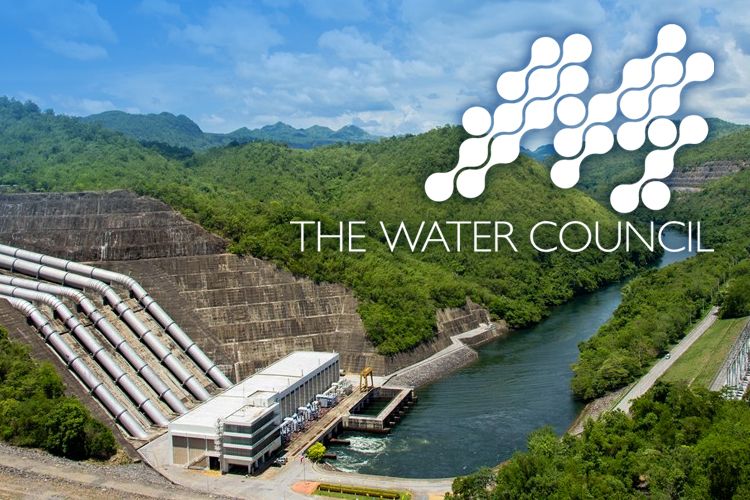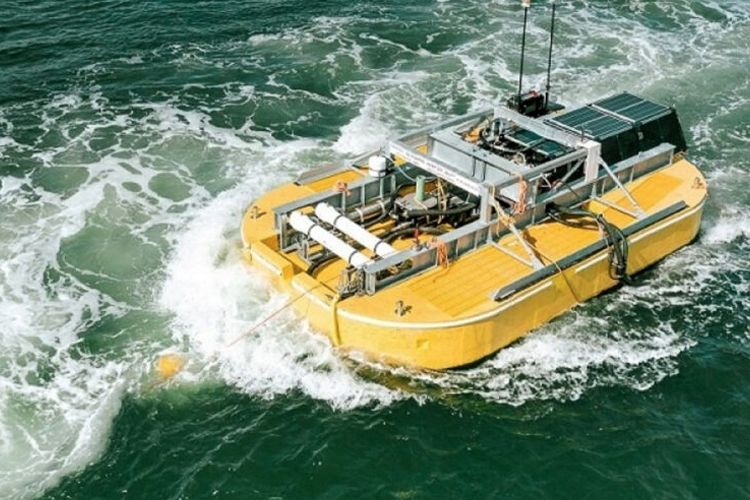New Sustainability Summit Announced by The Water Council & Marquette University
The new event is scheduled for October 29-30, 2024 at the Harley-Davidson Museum in Milwaukee, combines and builds off Marquette’s Sustainability 2.0 Conference and The Water Council’s Water Leaders Summit.
“As two Milwaukee-based organizations that are leading innovators in sustainability and resiliency, we felt it was natural to combine our efforts and take advantage of the resources and audiences of each organization,” said Chris Merker, co-director of Marquette’s Sustainability Lab and founder of the Sustainability 2.0 Conference.
“For over 15 years, the Water Leaders Summit has brought together some of the nation’s thought leaders to explore water’s role in larger issues of climate change, sustainable finance and more,” said Dean Amhaus, The Water Council’s president and CEO. “We will continue to do that through Nexus, and we can’t imagine a better partner than Marquette University.”
The conference will explore a range of sustainability-related topics in the areas of water, energy, finance, diversity and inclusion, and the ESG (environmental, social and governance) reporting movement.
“Businesses are facing unprecedented challenges from climate change, shifting customer expectations and a more stringent regulatory climate,” Merker said. “This event will invite thought leaders from across the nation to probe those challenges and propose solutions.”
The first Water Leaders Summit was held in 2007 as a precursor to the formation of The Water Council in 2009. The summit’s popular longtime moderator, author and journalist Charles Fishman, will moderate the new event.
In 2023, The Water Council and its partners won a Development Award from the National Science Foundation’s Regional Innovation Engines Program to develop a water and energy resiliency engine in Wisconsin. The engine’s work will help inform topics of Nexus, while the event will serve as an outlet for engine partners and stakeholders to learn about and discuss pertinent issues.
“The Water Council has never shied away from evolving and innovating in our 15-year history,” Amhaus said. “With the rapid escalation of significant climate-related issues and the growing role of the financial industry, the time is right to join efforts with Marquette University to tackle important topics facing our nation and the world.”
The Marquette College of Business Administration first held the Sustainability 2.0 Conference in 2019 to discuss how the adoption of ESG and sustainability standards in business and industry continue to give rise to an emerging paradigm for responsible and ethical business practice. The school has long been recognized as a sustainability leader in study and practice.
At its 2022 conference, Marquette President Michael R. Lovell announced that Marquette had become the first university to join The Water Council’s WAVE program for improving, reporting and recognizing good water stewardship. Lovell also sits on The Water Council’s board.
“We want Nexus to become known as the conference for corporate sustainability,” Merker said. “It’s an exciting time for Marquette, The Water Council and Milwaukee.”
About The Water Council
The Water Council (TWC) is a global hub dedicated to solving critical water challenges by driving innovation in freshwater technology and advancing water stewardship. Built on more than a century of innovation, TWC has coalesced one of the most concentrated and mature water technology clusters in the world from its headquarters at the Global Water Center in Milwaukee, Wisconsin, USA. Recognizing the need for smarter and more sustainable use of water worldwide, TWC also promotes water stewardship as a natural complement to water innovation in the effort to preserve freshwater resources in the Midwest and around the world. Today, The Water Council has established itself as a global leader in the water industry and one of America’s premier economic development clusters as recognized by government agencies, Brookings and the Harvard Business School.
About Marquette University
Marquette University is a Catholic, Jesuit university located near the heart of downtown Milwaukee that offers a comprehensive range of majors in 11 nationally and internationally recognized colleges and schools. Through the formation of hearts and minds, Marquette prepares our 11,100 undergraduate, graduate, doctoral and professional students to lead, excel and serve as agents of positive change. And we deliver results. Ranked in the top 20% of national universities, Marquette is recognized for its undergraduate teaching, innovation and career preparation as the sixth-best university in the country for job placement. Our focus on student success and immersive, personalized learning experiences encourages students to think critically and engage with the world around them. When students graduate with a Marquette degree, they are truly prepared and called to Be The Difference.
Additional Articles, Energy & Climate, Food & Farming, Sustainable Business























